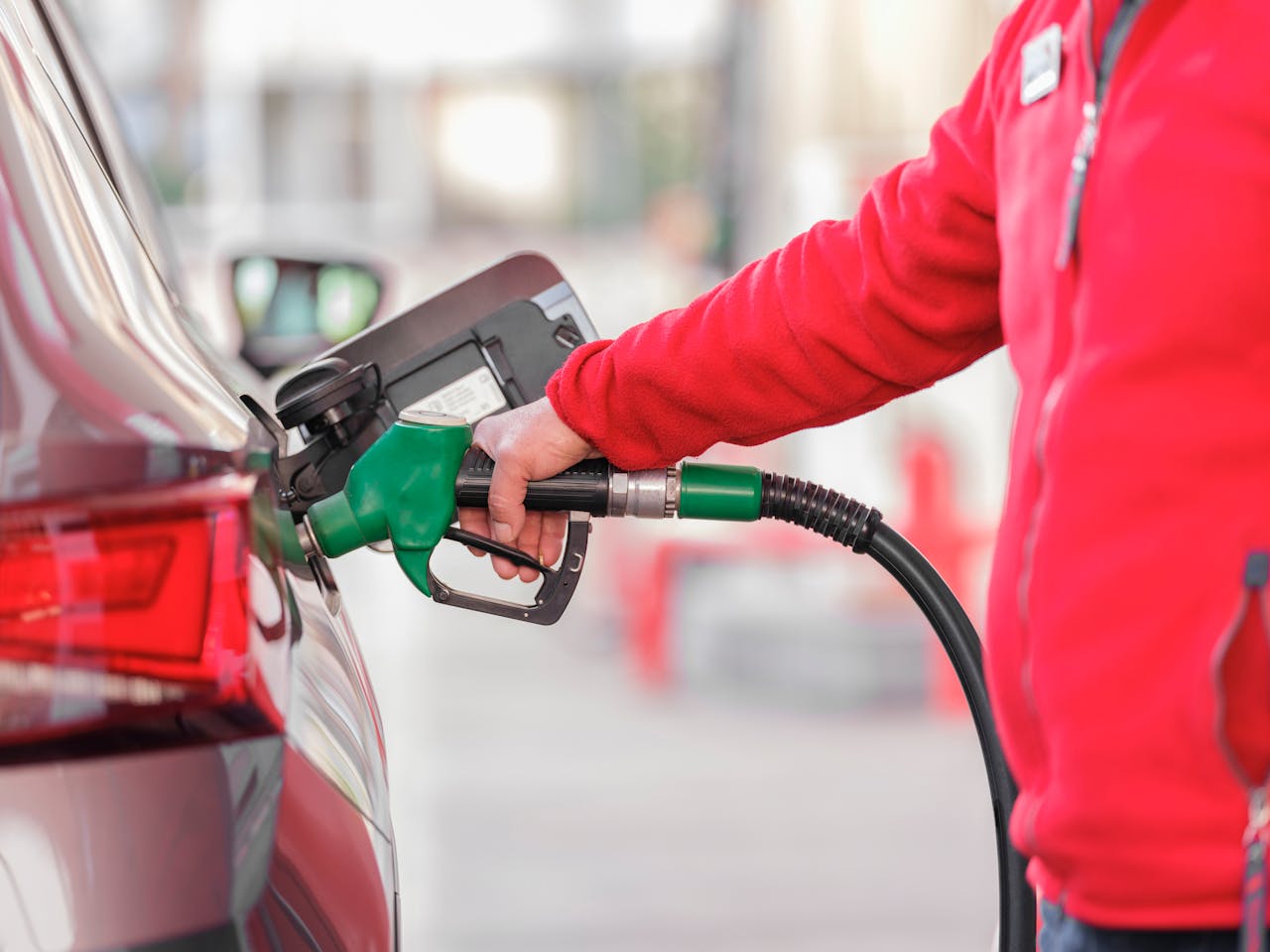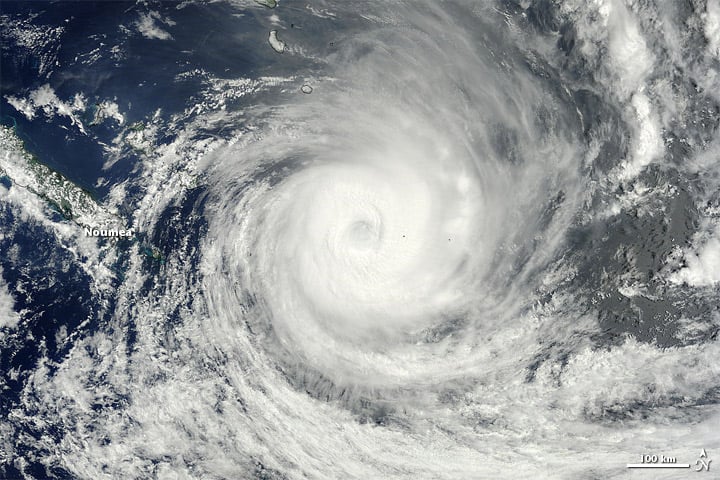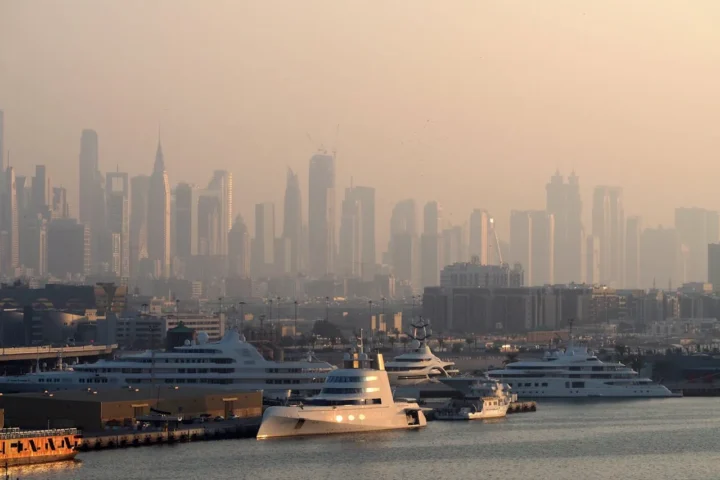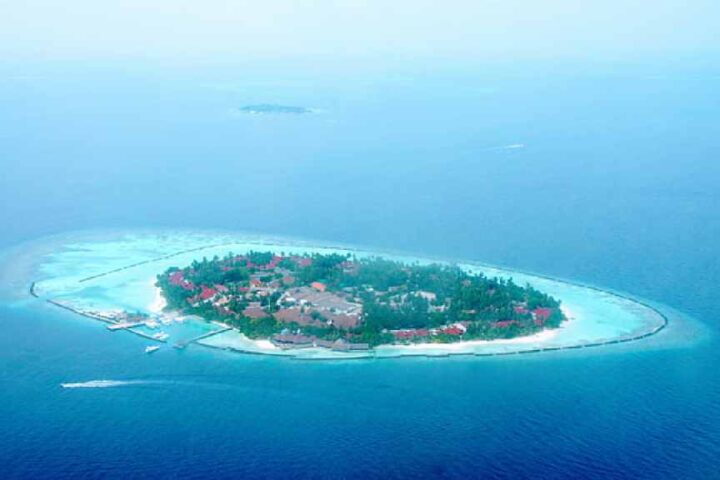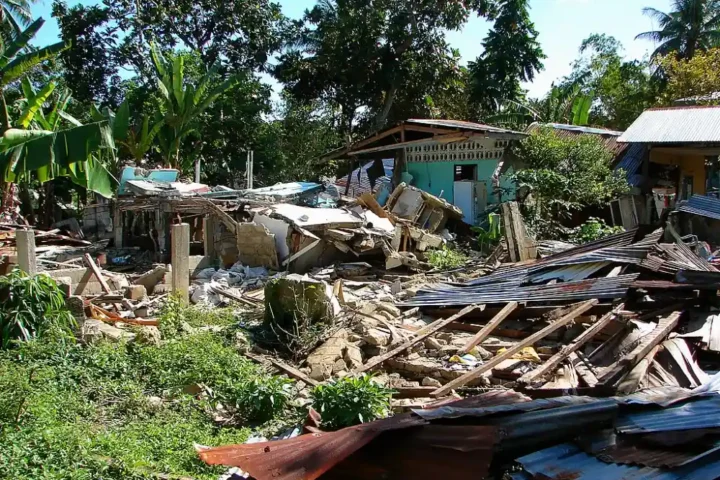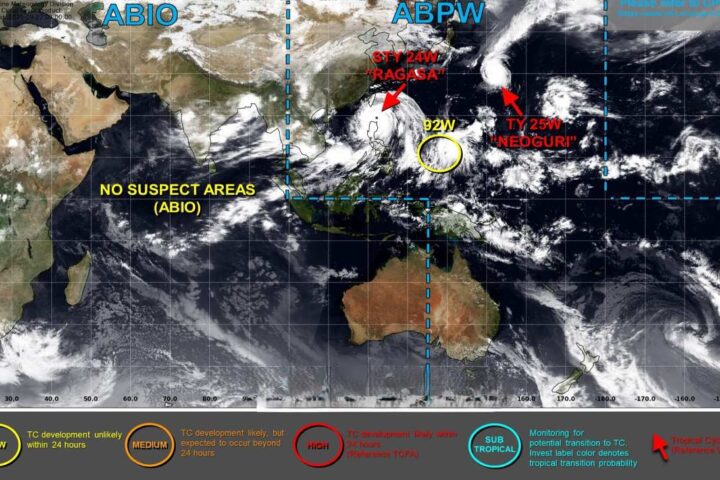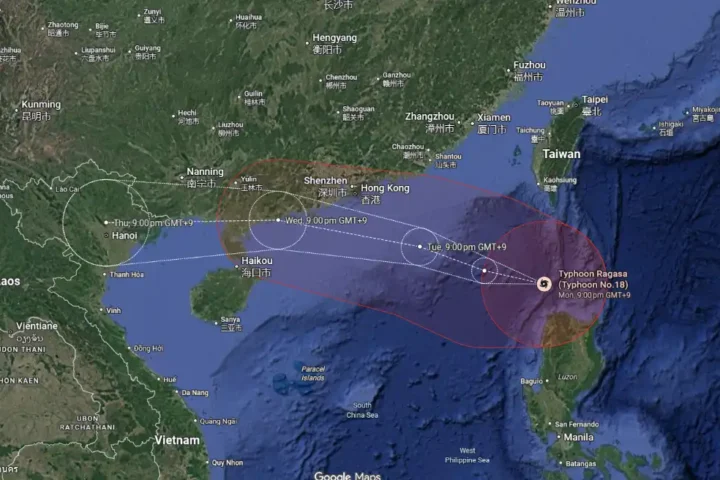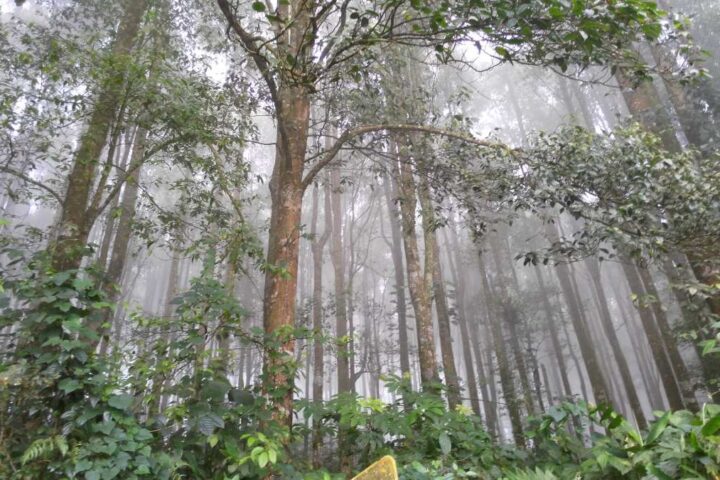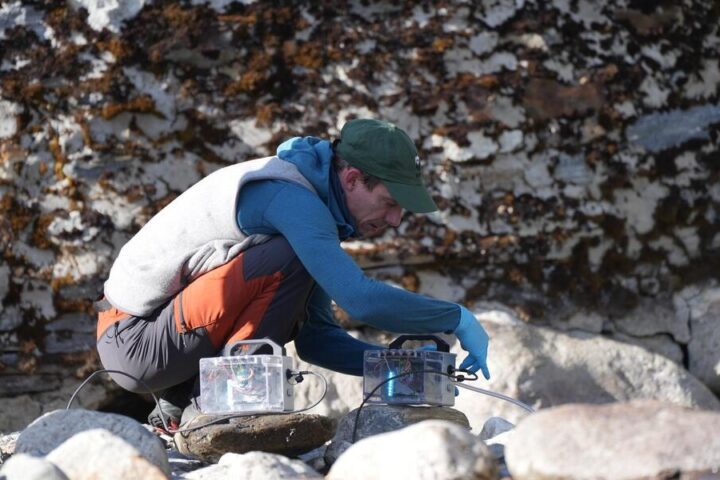Indonesia plans to increase the palm oil content in its biodiesel from 40% to 50% in 2026, but officials confirm the rollout won’t begin in January as initially suggested. This ambitious shift comes as part of the country’s strategy to cut diesel imports and strengthen energy independence.
“Last time, drivers weren’t allowed to rest, which was costly. This time, we’ll proceed more carefully,” said Eniya Listiani Dewi, renewables director general at the Energy and Mineral Resources Ministry. She explained that technical tests for the new blend could take up to eight months.
Indonesia currently uses B40 biodiesel, which contains 40% palm oil. This program began on January 1, 2025, replacing the previous B35 blend. The country has allocated 15.6 million kiloliters of palm-based fuel for the current B40 program this year, up from 13.2 million kiloliters in 2023.
Minister Bahlil Lahadalia has emphasized that B50 is central to ending diesel imports, supporting President Prabowo Subianto’s directive to reduce fossil fuel dependency. Deputy Minister Yuliot Tanjung added that the current B40 rollout serves as a stepping stone toward full B50 implementation.
The biodiesel producers’ association APROBI estimates B50 will require about 19 million kiloliters of palm oil fuel annually. Two new biodiesel plants are scheduled for commissioning this year in Kalimantan and Sumatra to boost production capacity, though experts note five plants are needed in total.
However, challenges loom. Indonesia’s palm oil output is projected to drop to 48.26 million tons in 2024, down from 50.07 million tons last year. This decline raises concerns about having enough feedstock for both export and domestic energy needs.
Similar Posts
Environmental groups have voiced concerns too. The Institute for Essential Services Reform (IESR) warns that increased biodiesel demand could lead to palm plantation expansion, threatening forests and potentially violating the EU Deforestation Regulation.
The Indonesian Palm Oil Association (GAPKI) cautions that without proper policy support, B50 could divert funds from sustainability programs. Meanwhile, CIMB Indonesia forecasts B50 could increase domestic palm oil demand by 3 million tons, potentially reducing export volumes.
Fitch Solutions BMI points to low replanting rates and infrastructure gaps as major hurdles for the program’s sustainability. The transition also requires upgrades in fuel distribution systems and vehicle compatibility checks.
Despite these challenges, officials remain committed to the 2026 target. “The minister and deputy minister have set a plan for 2026, but the month has not been decided yet,” Eniya said, noting that the timeline will depend on test results.
As the world’s largest palm oil producer, Indonesia’s biodiesel policies significantly influence global palm oil markets, often raising concerns about reduced export availability when domestic use increases.
